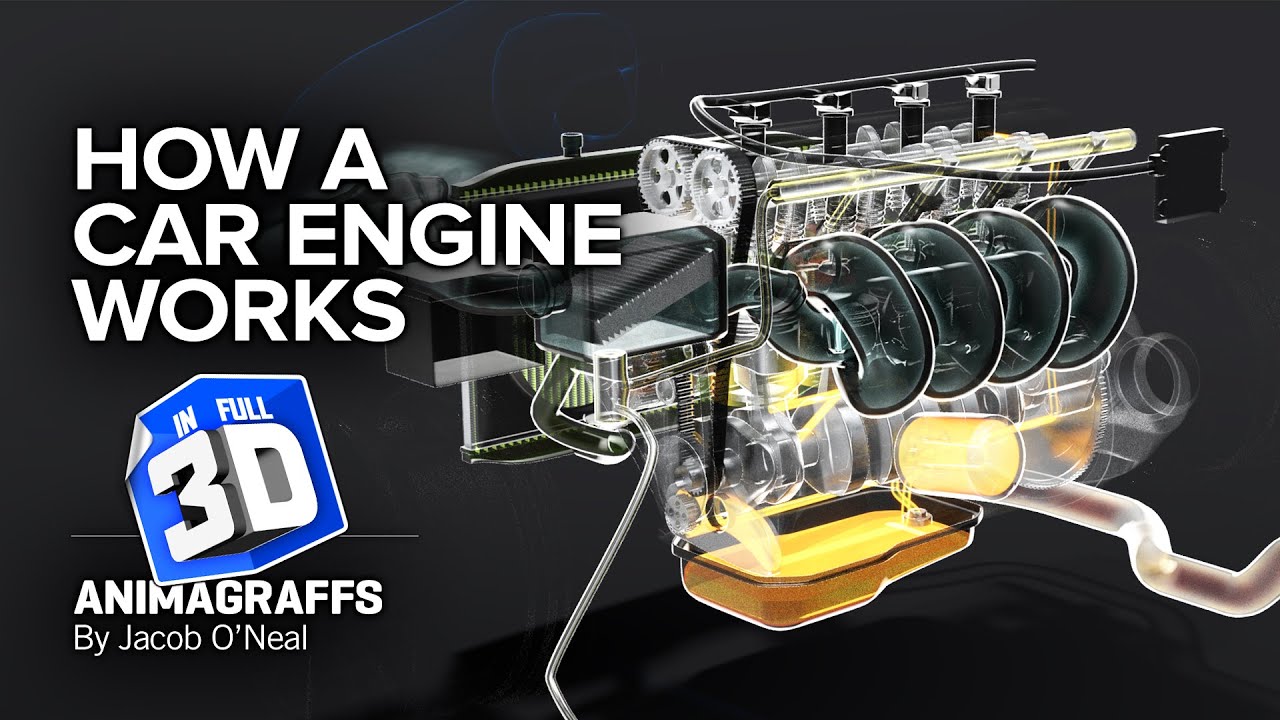How Stuff Works: Car Engine Animation
Introduction
A car engine is a complex machine that converts the chemical energy of gasoline into mechanical energy that powers the car. The animation below shows how a typical car engine works. The animation is divided into four parts:
- The intake stroke
- The compression stroke
- The power stroke
- The exhaust stroke
The Intake Stroke
The intake stroke begins when the piston moves down the cylinder, creating a vacuum. This vacuum draws air and fuel into the cylinder through the intake valve. The intake valve then closes, trapping the air and fuel mixture in the cylinder.
The Compression Stroke
The compression stroke begins when the piston moves up the cylinder, compressing the air and fuel mixture. This compression increases the temperature and pressure of the mixture, making it more likely to ignite.
The Power Stroke
The power stroke begins when the spark plug ignites the air and fuel mixture. The burning mixture expands rapidly, driving the piston down the cylinder. This downward movement of the piston turns the crankshaft, which powers the car.
The Exhaust Stroke
The exhaust stroke begins when the piston moves up the cylinder, pushing the exhaust gases out of the cylinder through the exhaust valve. The exhaust valve then closes, trapping the exhaust gases in the exhaust system.
Conclusion
The animation above shows how a typical car engine works. The animation is divided into four parts: the intake stroke, the compression stroke, the power stroke, and the exhaust stroke. By understanding how a car engine works, you can better appreciate the complex engineering that goes into making a car run.





